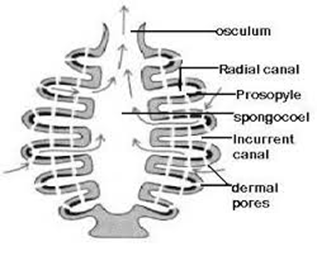what do you know about virus - Biology Blog
Virus
Viruses are simple noncellular entities consisting of one or more molecules of either DNA or RNA enclosed in a coat of protein. They become active only in living cells and they are intracellular parasites. The size of the virus is 0.02 to 0.03 micrometer but the size of the virus in smallpox is 200nm in diameter which is the largest size of the virus. A fully assembled infectious virus is called a virion.
" The main function of the virion is to deliver its genetic material into the host cells so that the genome can be expressed by the host cell. "
Viral Structure - The structure of virions is very diverse, varying widely in size, shape, and chemical composition. All viruses have a nucleocapsid composed of nucleic acid surrounded by a protein capsid.
The capsid is formed as single or double protein shells and consists of only one or few structural protein species. The protein used to build the capsid is known as capsomeres. The nucleic acid together with the capsid forms the nucleocapsid. The function of the capsid is to protect the genome of the virus and help in attachment of this virus to the specific receptor of the host cell.
Some viruses have a membranous envelope that lies outside the nucleocapsid. Those viruses having an envelope are called enveloped virus whereas those lacking an envelope are called naked viruses.
You also like to visit - Coronavirus -the pandemic disease of the world
Viral genomes are small in size. The genome of the virus is made up of either DNA or RNA, which may be single-stranded, double-stranded, linear, or circular. The single-stranded RNA genome is known as sense in orientation if it can serve as mRNA and the virus having complementary strand synthesized by RNA transcriptase is known as antisense.
The shape of the virus - Virus has two types symmetry, icosahedral or helical. Helical (rod shape ) It has seen in nucleocapsid of many filamentous and pleomorphic viruses. Helical nucleocapsids consist of the helical array of capsomeres wrapped around a helical filament of nucleic acid. A typical virus with helical symmetry is TMV (Tobacco Mosaic Virus ).
Icosahedral symmetry is seen in many spherical viruses like the T4 virus of E.coli.





Comments
Post a Comment